Farmers For All Seasons: Learn What Illinois Farmers Do in Winter
By Rachel Bertone Stroop |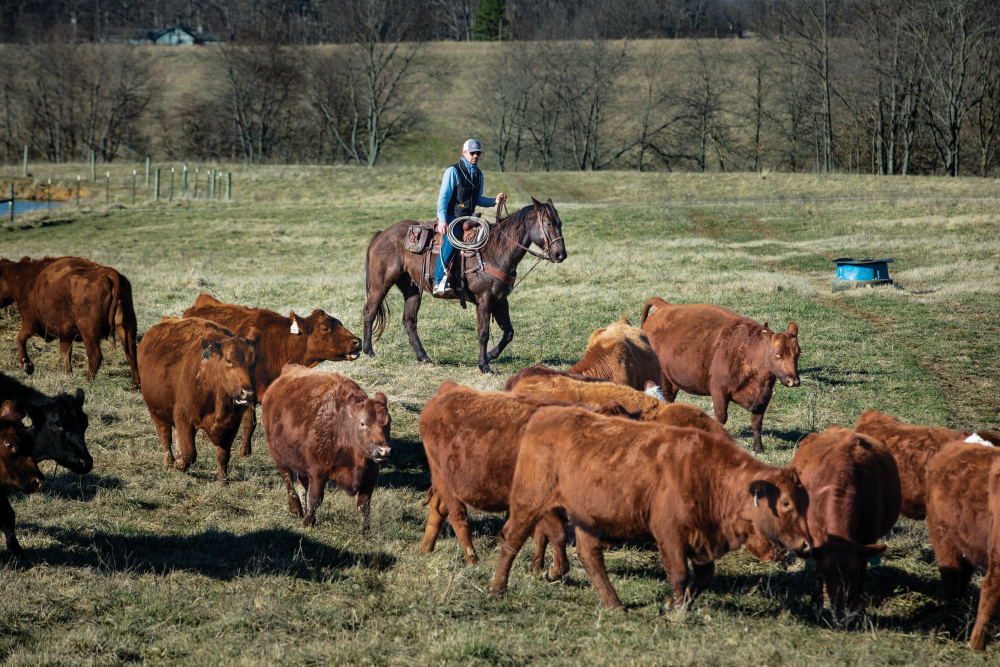
When the weather cools down and the days get shorter, you might think Illinois farmers finally have time to relax since growing and harvesting seasons have ended.
Think again. Winter is still a busy time for farmers, whether raising livestock or poultry or growing fresh produce.
Meet two Illinois farmers and learn why there’s still plenty for them to do in the winter.
See more: Farmers Use the Sky to Practice Soil and Water Stewardship
Winter Work
Logan and Jessa Karcher run Burnt Hill Cattle Company, a fourth-generation family farm in Dahlgren. The couple purchased the farm from his grandmother in 2018 and began their farm a year later with the goal of being stewards of God’s land to raise high-quality meat.
“We dove deep into regenerative grazing, focusing on soil health and plant diversity,” Logan Karcher says. “Healthy soils lead to healthy plants that are grazed by the livestock. This turns into a healthy meat product for consumers to enjoy.”
Burnt Hill produces beef, pork, lamb and chicken that is sold both on the Karcher farm and at the Higginson Farms stores in McLeansboro and Carmi.
Karcher says raising livestock is a 365-day-a-year job, and the winter months at Burnt Hill Cattle Company can be just as demanding as the summer. Key responsibilities for the season include monitoring the cattle’s grazing and budgeting the hay to ensure what is stored lasts the season, as well as water management and business planning.
For many livestock farmers, the price of hay and feed is at its highest in the winter.
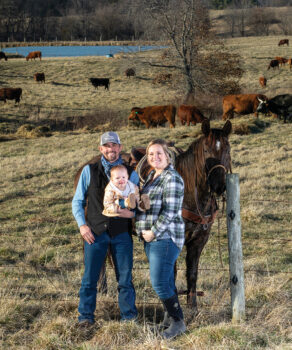
“Knowing this information, we work all year long to help lower the cost in that one area on our budget sheet,” Karcher says. “By using regenerative grazing practices throughout the grazing season, we’re able to stockpile forages (the plants eaten by cattle, such as fescue) for winter grazing. We still use hay in the winter, but our hay cost is cut in half by bettering forage density, cover crops and grazing management.”
Regenerative grazing, also known as rotational grazing, refers to moving livestock to different pastures frequently to maintain soil health. Karcher says in mid-September they begin to stop grazing on certain pastures, keeping livestock from eating there so that perennial cool-season forage grasses can grow in those pastures until the first frost. This allows them to save it for winter feeding.
“Fescue is a great forage to stockpile due to its resiliency and ability to grow a lot of dry matter for winter stockpile grazing,” he says.
They also buy hay for winter feeding and use it three different ways, depending on how they’re trying to improve the pastures as well as the weather. Unrolling the bales is usually the most beneficial, but they also let their cattle graze on bales or feed in bale rings.
After harvest, Karcher plants cover crops in the same fields where he plants some of the farm’s other warm-season crops. Another winter task is ensuring his cattle have access to water. He says no matter what the water source, in the winter, it will freeze at some point. Farmers must go out multiple times daily to break up the ice and ensure animals have water.
“It’s a never-ending job, especially during the weeks it stays freezing,” he says.
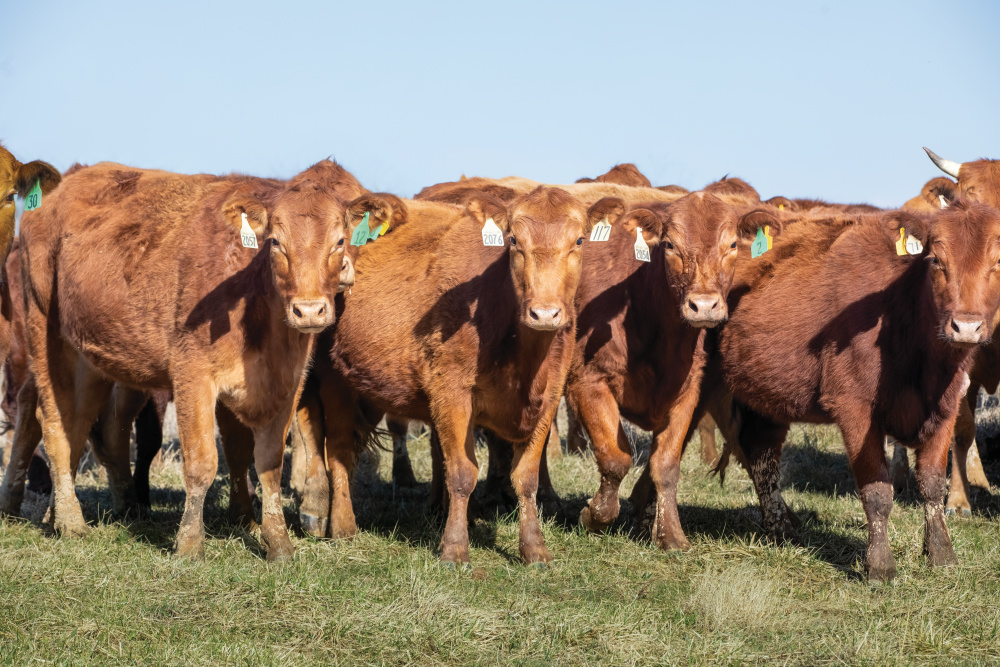
Finally, Karcher says winter provides farmers time to plan future updates to the farm and create new marketing plans.
“A lot of good research can happen in these months,” he says. “For us, budget, future projects and meat sale goals are made. Goals are really important to make sure the business is improving and moving forward. We like to set quarterly and yearly goals to make sure we’re selling our meat and taking the right steps to gain new customers.”
See more: Meet the Family Farmers Behind Bull Valley Farm Country Store
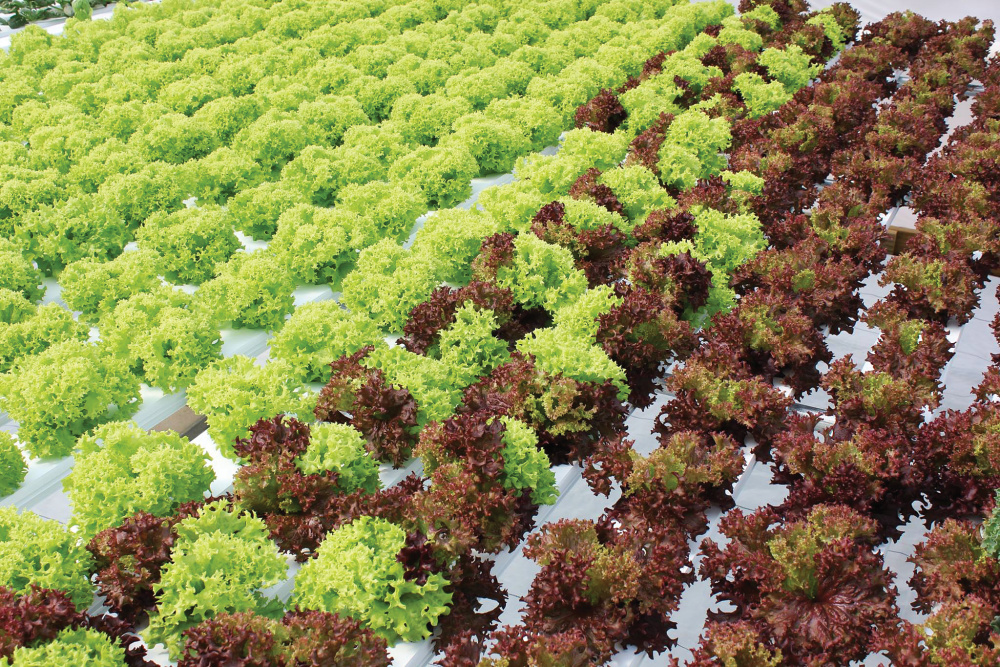
Year-Round Yields
Like Burnt Hill Cattle, Joy Lane Produce in West Salem stays busy in the colder months.
Founded in 2015, Andrew and Heather Spray started their produce business so Andrew could return to the family farm full time after working in sales. The hydroponic produce farm specializes in lettuce and other greens. This means plants grow within a greenhouse using a water-based nutrient solution rather than soil, giving the Sprays additional flexibility.
“Our greenhouse is considered commercial size, and we can grow around 6,000 heads of lettuce and greens at once, not including what’s in our nursery,” Heather Spray says. “We plant and harvest every week of the year.”
See more: Illinois Offers a Wonderland of Winter Markets
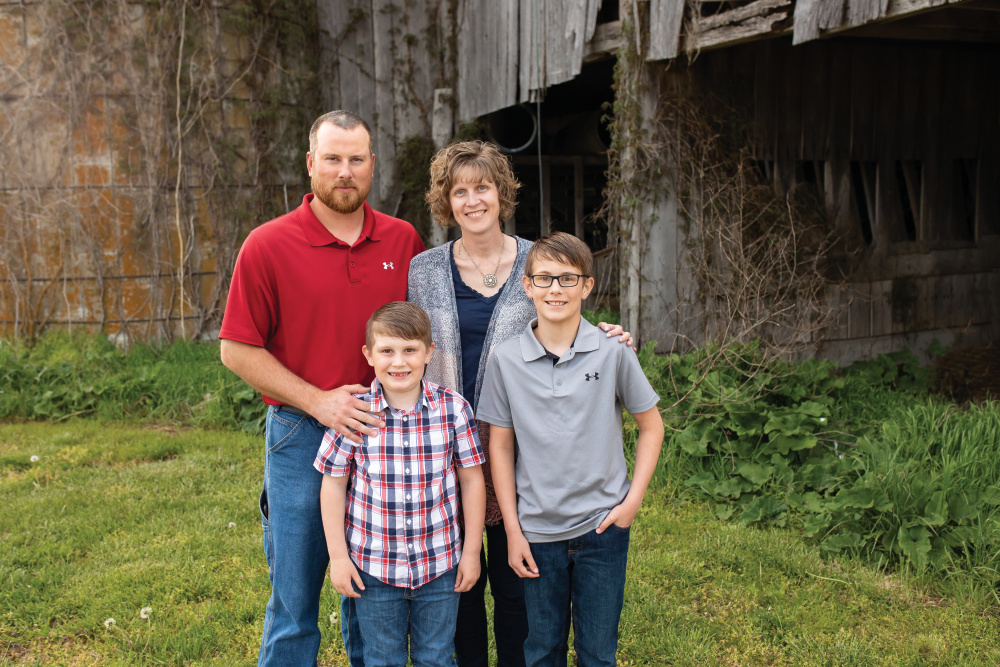
Spray says hydroponics was unique to the area and fit nicely with the family’s grain farm. They also enjoy offering fresh produce to customers year-round when it might not be typically available.
Joy Lane grows collards, kale and five different varieties of lettuce year-round, as well as seasonal basil and spinach. Spray says they sell most products wholesale, but customers can still purchase directly from their small retail shed on-site, too.
“We might not have every variety available every week in the winter, but we still try to offer a continuous supply to our customers,” she says. “Eating a fresh salad in winter is so delicious.”

